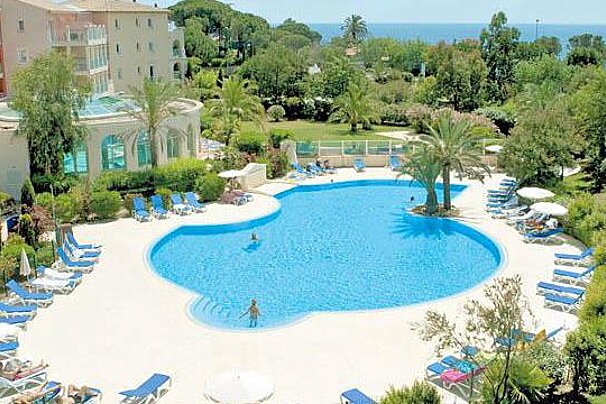
Geography of Saint-Tropez
Discover the Saint-Tropez geography, fauna and flora
Saint Tropez is located on the south east coast of France, on the French Riviera and in the Provence region. Although known on the global map, the area of Saint Tropez is fairly small at just over 15 kilometres squared. The local population is just under 6,000 inhabitants although this hugely increases with the tourist influx during the summer months.
Jump to
Fauna & wildlife
Larger wild mammals are rare in the Provence and Alpes-Maritimes Regions, however there are wild boar that can be found in parts of Provence. The Mercantour National Park (north of Nice) is a haven for all types of mammal and here you may catch a glimpse of the re-introduced Italian wolf. Other animals you will find here include polecats, badgers, weasels, foxes, pine martens, marmots, chamois, ibex and of course the wild boar.
Wild populations of Hermann's tortoise can be found in the protected lands of the Plaine des Maures.
Across the whole area you will hear the familiar sound of tree crickets or cicada. For most people this sounds signifies a warm Mediterranean style climate and this is exactly what they enjoy. Lizards are also very common in the regions, especially the small 'skinks' that you will see darting about even in the centre of town.
Birds and seabirds are of course very common with many species migrating here or using the area as a stopping point on their way further south. Swarms of swifts can often be seen above fields and even over the towns and cities and flamingo are prevalent in the wetlands of the Camargue in particular, where they will nest and can reach populations of around 20,000.
Flora & vegetation
The Var region and Alpes-Maritimes area are the third most forested areas of France and are well known for their variety of pine trees. Best known and most obvious from its 'umbrella' shaped canopy is the stone pine (or umbrella pine). Other species include the maritime and aleppo pines.
All across the French Riviera there various notable trees that very much epitomise the Mediterranean climate, such as the cyrpress, lotus, fig, almond and oak.
The warm climate also makes it very easy for palm trees, aloes, olive, orange and lemon trees to grow. And of course an abundance of flowering trees, shrubs and bushes like the mimosa, jasmine, roses and carnations. Many of the cut flowers that you will find in the flower markets are grown around the Frejus and Antibes areas, however carnations and roses are mainly grown in Nice and Grasse areas, well known for their 'parfumerie's'. You will see the pretty pink blossoms of bougainvillea climbing up many buildings around the town.
The Greeks introduced the olive tree to Provence some 2,500 years ago. The Mediterranean climate is naturally excellent for the olive tree. It grows everywhere on slopes and in valleys up to a height of 600 metres. The harvest takes place in August and are mostly hand-picked before being processed into olive oil.
Geology

Tanneron, the Esterel and the Massif des Maures are indeed, even talking in geological terms, very old lands. They are also acid; never having had the calcium (chalk) as an undersea deposit, which means a different 'flora' grows there from that found on limestone (hardened chalk). There are some flowers and trees that like one or the other and some not too much of either (neutral soils) and some that will grow anywhere.























